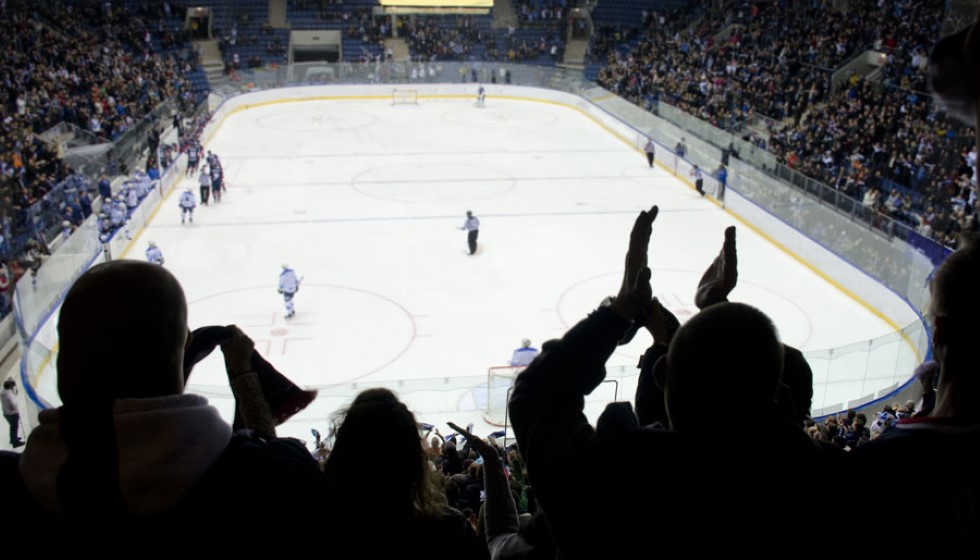
In a recent clash between the Leafs and the New York Rangers, the spotlight fell on two notable players: Ryan Reaves and the rookie, Matt Rempe. Rempe, towering at 6 feet 7 inches and weighing 240 lbs, has quickly become a topic of conversation in the hockey world. Despite having played only seven games, in which he scored and assisted once, Rempe's presence on the ice is felt far beyond his points tally. Boasting 37 minutes in the penalty box, five minutes more than his actual gameplay time, Rempe has been dubbed an "enforcer," a title that carries both a badge of honor and a heavy legacy within the NHL.
Enforcers and Their Complex Legacy
Rempe's role as an enforcer in the league harkens back to a longstanding tradition within hockey, where toughness and physical play were as much a part of the game as scoring goals. However, the tragic deaths of former enforcers Derek Boogaard, Wade Belak, and Rick Rypien in 2011 sparked a significant shift in the NHL's approach to fighting and player health. Research pointing to a link between frequent fighting and Chronic Traumatic Encephalopathy (CTE) has further fueled debates on the place of fighting in hockey. Despite these concerns, NHL Commissioner Gary Bettman has expressed skepticism regarding the findings that connect hockey fights directly to CTE.
The Changing Game
The role of enforcers like Rempe is becoming increasingly scrutinized as hockey evolves. The rise of analytics in the sport has highlighted the limitations of traditional enforcers: their lower scoring rates and less adept skating skills can be a liability in a game that now prizes speed and efficiency over brute strength. Indeed, the NHL has seen a marked decrease in fighting, leading to a faster and more strategically complex game. This shift reflects a broader aim within the league to foster an inclusive and engaging sport for a diverse audience.
Yet, fighting remains a deeply ingrained part of hockey's culture, often seen as a way to uphold the sport's unspoken "code." It's a topic that continues to stimulate discussions, both on-air by NHL panels on networks like TNT and off-air among fans and stakeholders. Notably, Paul Bissonnette, a former player turned analyst, recently endorsed Rempe's old-school approach to the game, praising him for standing up for himself and his teammates.
Enforcers in the Modern NHL
The debate over the role of enforcers also intersects with broader societal discussions. During the NHL’s All-Star break in Florida, the league became an unexpected cultural battleground. A LinkedIn post by the NHL promoting a career fair was criticized by Florida Governor Ron DeSantis’s office, which accused the league of supporting discriminatory practices. This incident underscores the complexities of navigating modern social issues within professional sports.
Within hockey circles, some argue that enforcers play a crucial role in maintaining safety on the ice, believing that their presence deters players from taking dangerous liberties with star players. This perspective suggests that enforcers could help avoid larger conflicts, making the game safer for all involved. However, as the NHL moves forward, the question remains whether the role of the enforcer, as embodied by players like Rempe, can adapt to the league’s evolving landscape.
Looking Ahead
The ongoing discussion about Rempe and the role of fighting in hockey encapsulates the sport's current crossroads. On one hand, there's a nostalgic clinging to the rituals and roles that have defined hockey for decades. On the other, there's a pressing need to address the health implications of those traditions and to adapt to a rapidly changing social and sporting environment.
As the NHL continues to evolve, so too will the conversation around enforcers and fighting in hockey. What is clear is that players like Matt Rempe, who straddle the line between old-school enforcers and the modern, analytics-driven game, will remain at the heart of these debates, symbolizing the ongoing negotiation between hockey's cherished traditions and its future aspirations.